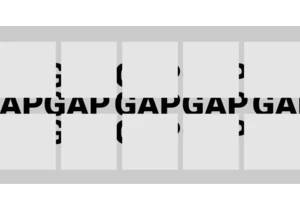When working with CSS Grid, the first thing to do is to set display: grid on the element that we want to be become a grid container. Then we explicitly define the grid using a combination of grid-template-columns, grid-template-rows…
Exploring CSS Grid’s Implicit Grid and Auto-Placement Powers originally published on CSS-Tricks. You should get the newsletter.
https://css-tricks.com/exploring-css-grids-implicit-grid-and-auto-placement-powers/
Accedi per aggiungere un commento
Altri post in questo gruppo

Layout. It’s one of those easy-to-learn, difficult-to-master things, like they say about playing bass. Not because it’s innately difficult to, say, place two elements next to each other

I was playing around with scroll-driven animations, just searching for all sorts of random things you could do. That’s when I came up with the idea to animate main headings and, using scroll-driven

This is the fourth post in a series about the new CSS shape() function. So far, we’ve covered the most common commands y

Styling the space between layout items — the gap — has typically required some clever workarounds. But a new CSS feature changes all that with just a few simple CSS properties that make it easy, ye

Being the bad boy I am, I don't take Tailwind's default approach to cascade layers as the "best" one. Over a year experimenting with Tailwind and vanilla CSS, I've come across what I believe is a b


KelpUI is new library that Chris Ferdinandi is developing, designed to leverage newer CSS features and Web Components. I've enjoyed following Chris as he's publishe
